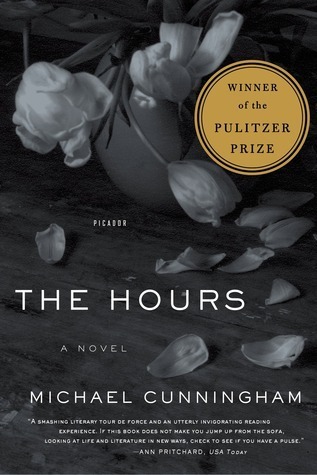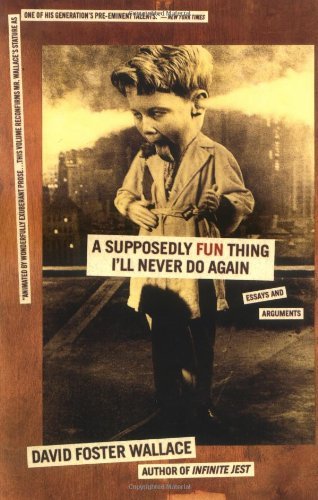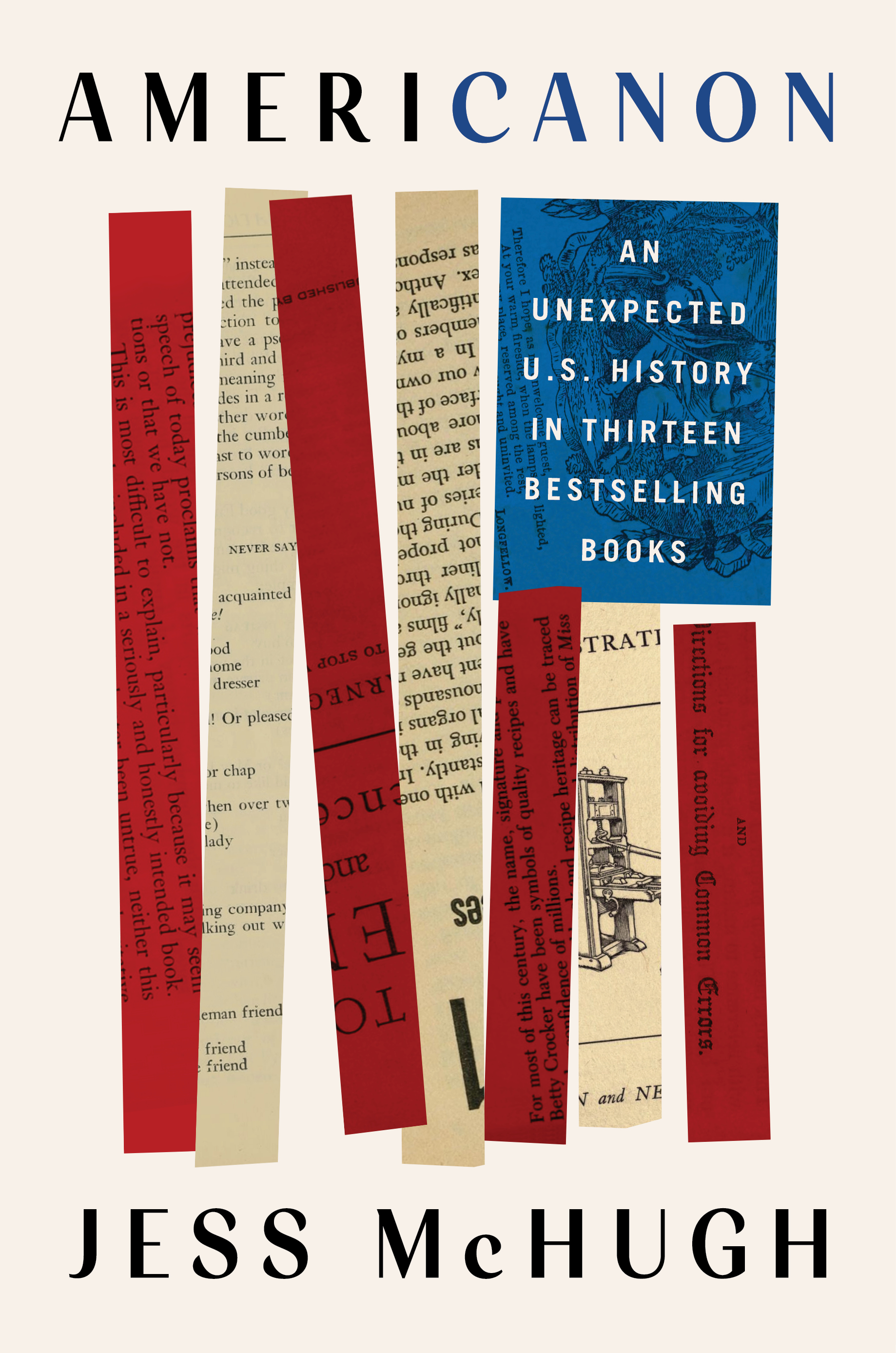Title: Bullet Train
When it first came out, it seemed that Bullet Train had more than its share of critical hate. I checked Rotten Tomatoes, and sure enough, it got at best mediocre reviews. I wasn’t particularly motivated to see it when it was in theaters but when it came up on my Netflix feed I decided to give it a shot. To my surprise, I quite enjoyed it.
When I did a bit of research, I discovered that it was based upon a Japanese novel. I did a quick check and, sure enough, it was available at the library, so not only did I watch the film but I just finished reading the book.
There are several differences between the novel and the film, but at a high level, they both share a common plot thread. The main protagonist, named Ladybug (played by Brad Pitt in the film), is an underworld figure that has been contracted to board a train, steal a bag, and then get off at the next stop. Sounds easy, right? What could go wrong?
Well, basically everything. The two men that he steals the bag from are themselves dangerous underworld operatives on a mission. A very dangerous gangster chief’s son has been kidnapped. Their job was to retrieve the son and the bag holding the ransom. They’re successful and are on their way back when the son is mysteriously murdered by poisoning and Ladybug steals their bag, so they’re understandably concerned that the gangster chief will not be amused by any of this. They’re after Ladybug. There’s another hitman on board that poisoned the chief’s son. There’s yet another hitman on board that has an existing grudge on Ladybug. The novel and the film have additional different characters of ill repute loitering around on the train. There’s a snake running amok. Because of all of this, Ladybug cannot get off the train no matter how hard he tries.
In both the novel and the film, Ladybug appears to be cursed by bad luck. In the film, he’s seemed to have had a couple of jobs recently go bad. As a result, he clearly has been in therapy to regain his self-confidence. Throughout the film, he tries to center himself through self affirmation. He uses psycho-babble with the other hitmen that he fights. It’s very amusing.
In the novel, Ladybug is just chronically unlucky. Every job that he’s ever been on, no matter how simple, becomes horrendously complicated. At this point, he just has a fatalist point of view. What go wrong will go wrong and he just has to live with it. He’s actually quite philosophical about it. Although a different take, it’s still amusing.
In the novel, another main character is a seemingly innocent but sociopathic teenage boy. He likes to manipulate and threaten people. Convinced that he’s smarter than everyone else, he tries to control every situation. In the film, the other main character is a seemingly innocent teenage girl that everyone underestimates but who proves to be quite formidable. Although it appears that she’s on the train by chance, it turns out that she’s a key player in the whole plot.
In both the novel and the film, the two hitmen that rescued the kidnapped gang leader’s son are named Tangerine and Lemon. Tangerine is the thoughtful, careful one while Lemon is much more carefree and tries to associate everyone he meets to a character from the Thomas the Tank Engine show. In the novel, they are not brothers but look so much alike that people assume that they’re brothers. In the film, one is white and the other is Black but the two are actually brothers that grew up together. The two of them have a rapport quite reminiscent of Jules and Vincent from Pulp Fiction.
Although I just made a Tarantino reference, as I watched the film, the director that I kept coming back to was Guy Ritchie. Not his Sherlock Holmes films but his gangster films like Snatch, RocknRolla, The Gentlemen, and Lock, Stock, and Two Smoking Barrels. As with the Ritchie films, the bad guys are smart, funny, loquacious, and violent. The plot has many twists and turns as the protagonist gets the upper hand, loses it, gains it again, and loses it again. You keep watching the film wondering where the protagonist will land.
Having said that, this film does not quite rise to the level of Guy Ritchie. Even so, if you’re a fan of such films, I’d recommend both the novel and the film. If you have to choose one, this is one time where I’d probably recommend the film over the novel. I enjoyed both, but Brad Pitt brought great charisma, humor, and charm to the role of Ladybug. I also found the female teenager in the film more interesting than the male teenager in the novel. Tangerine and Lemon had great rapport in the film. On the other hand, the ending of the film devolved into a Speed-like out of control train climax out of character with the preceding plot while the ending of the novel was more satisfying and true to the spirit of what came before.










